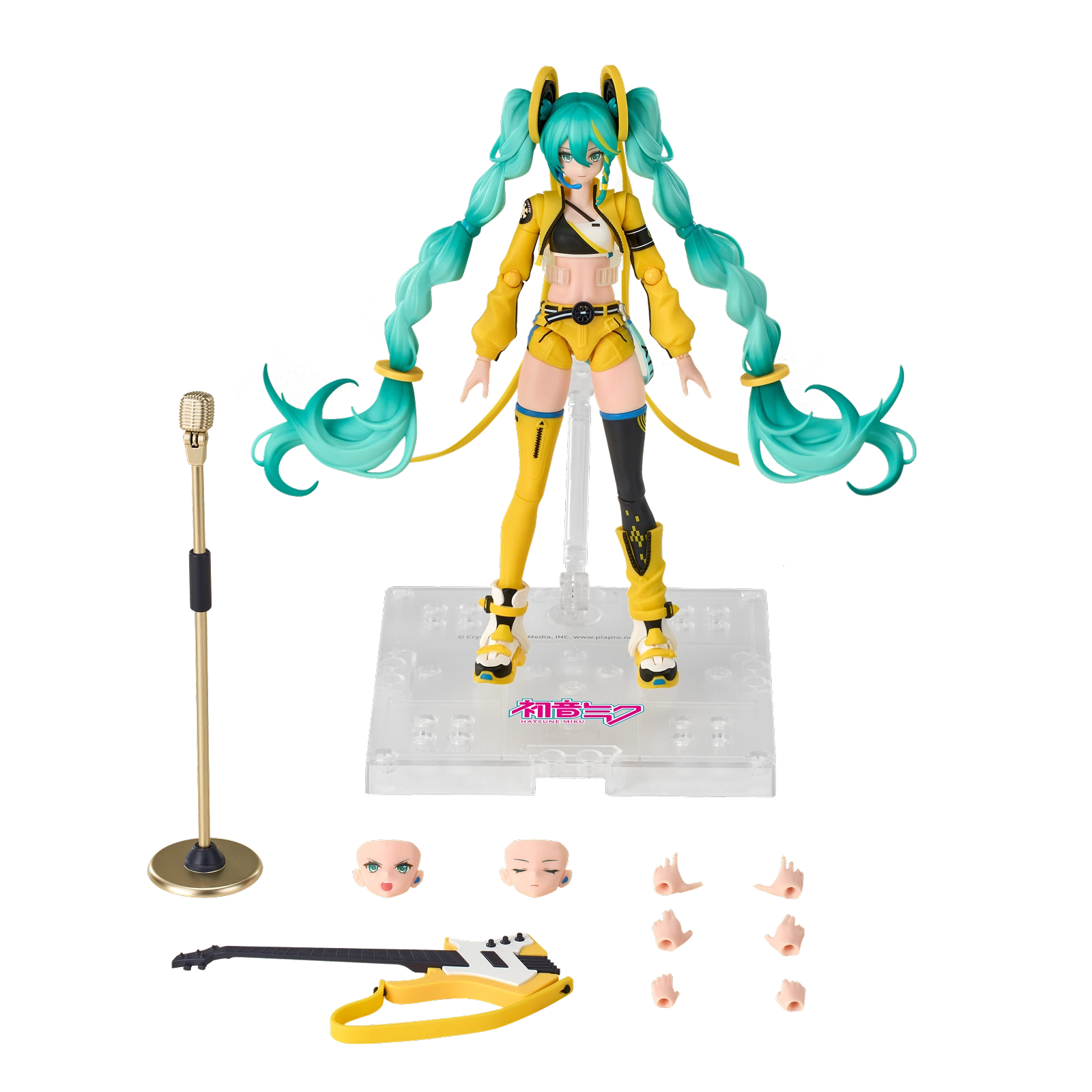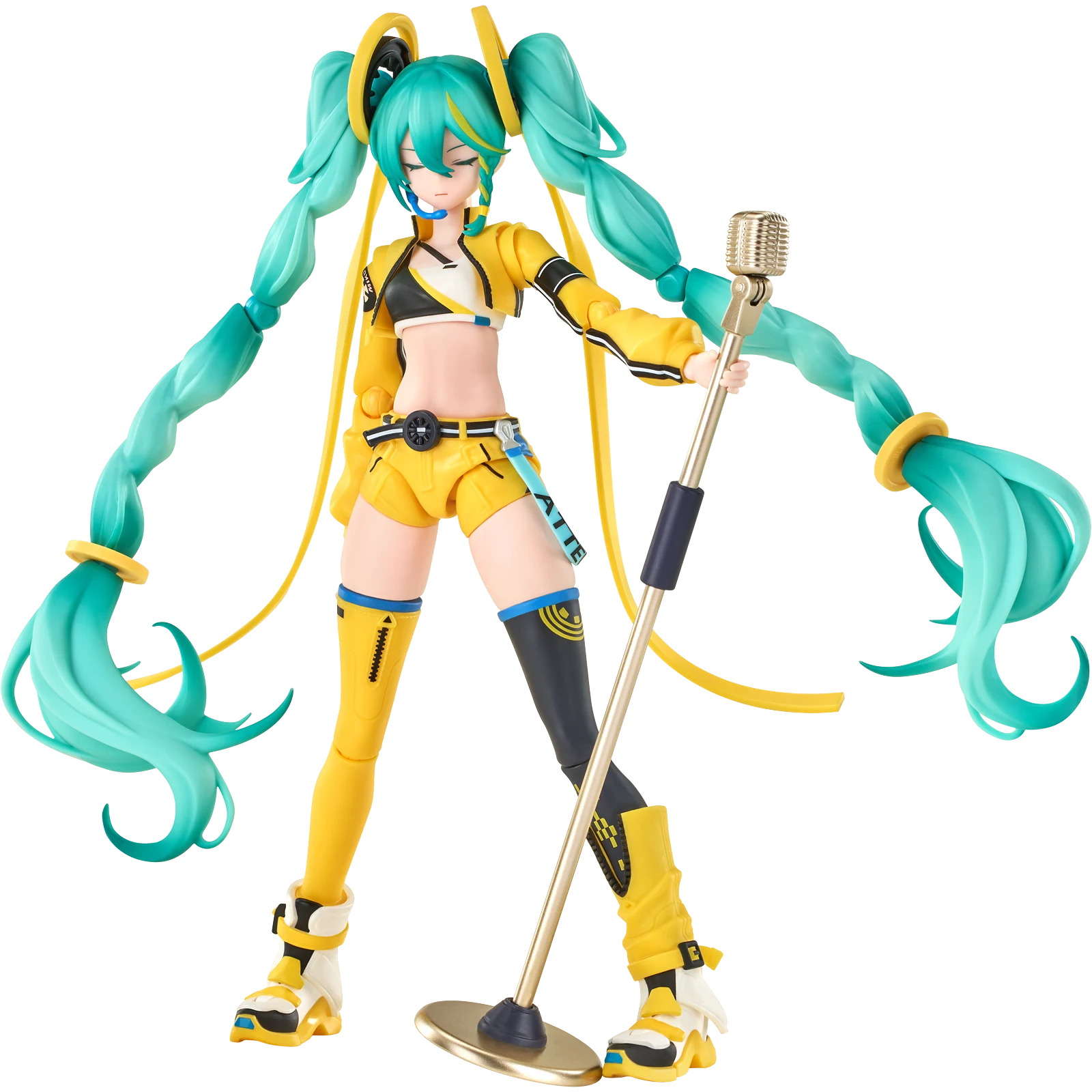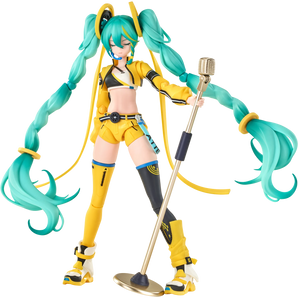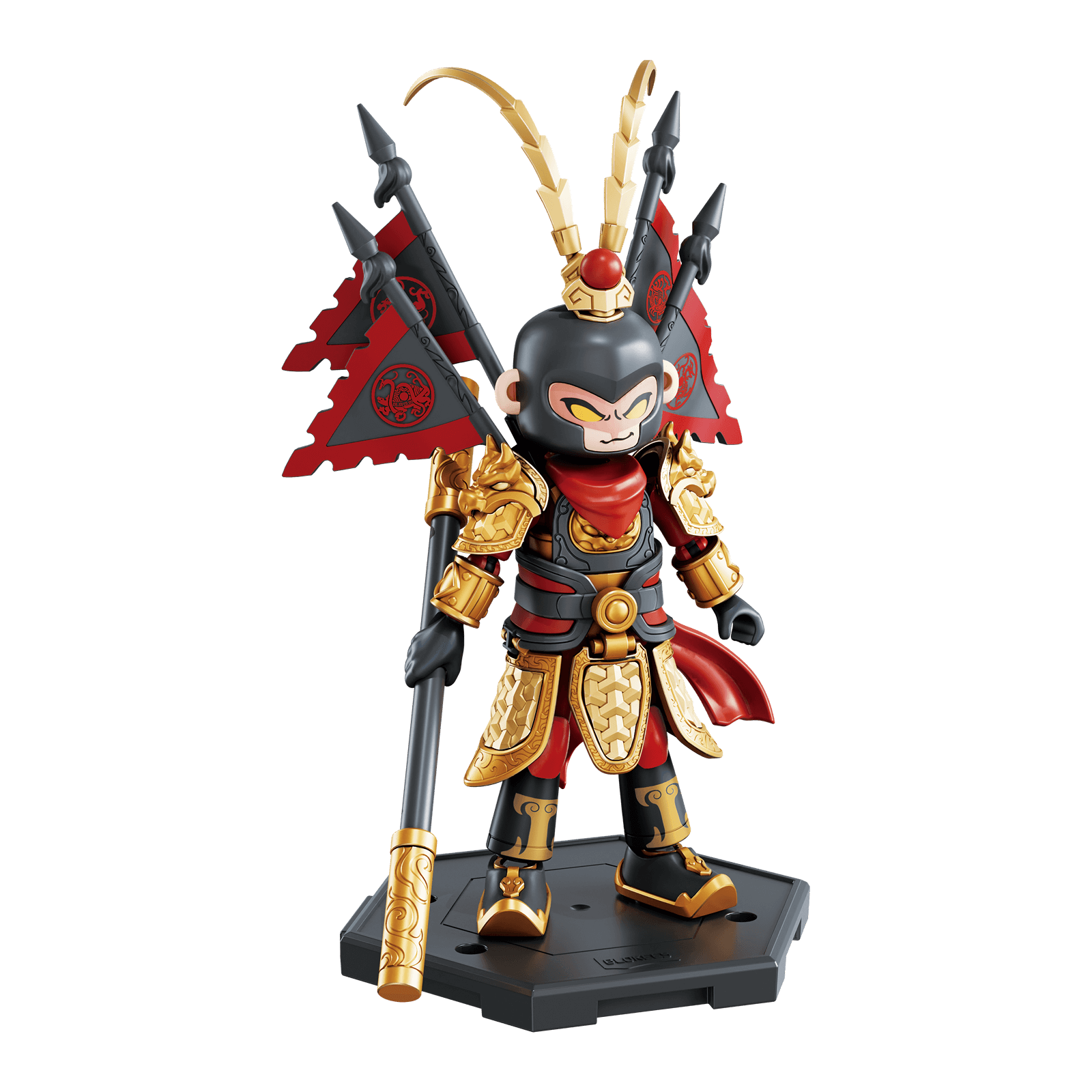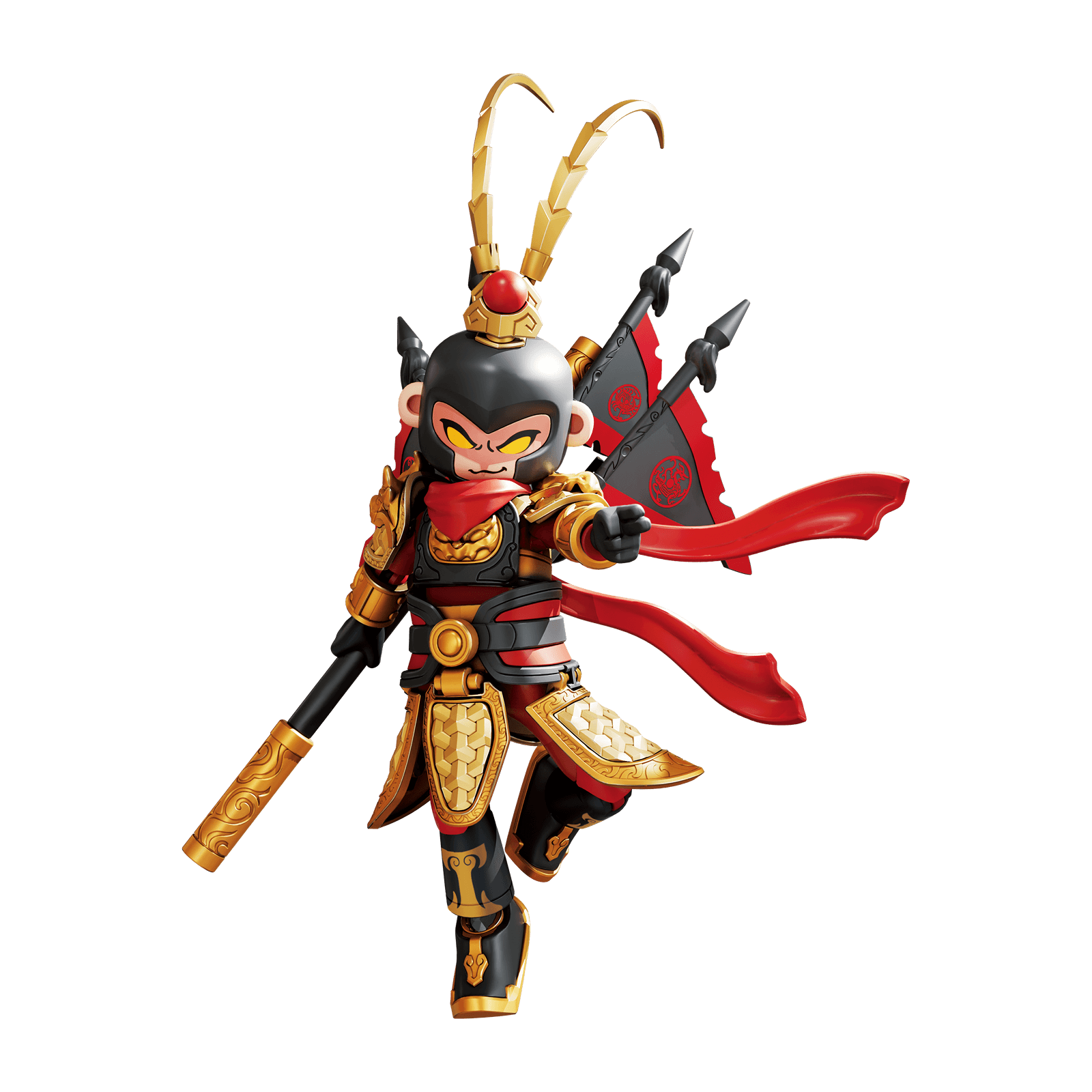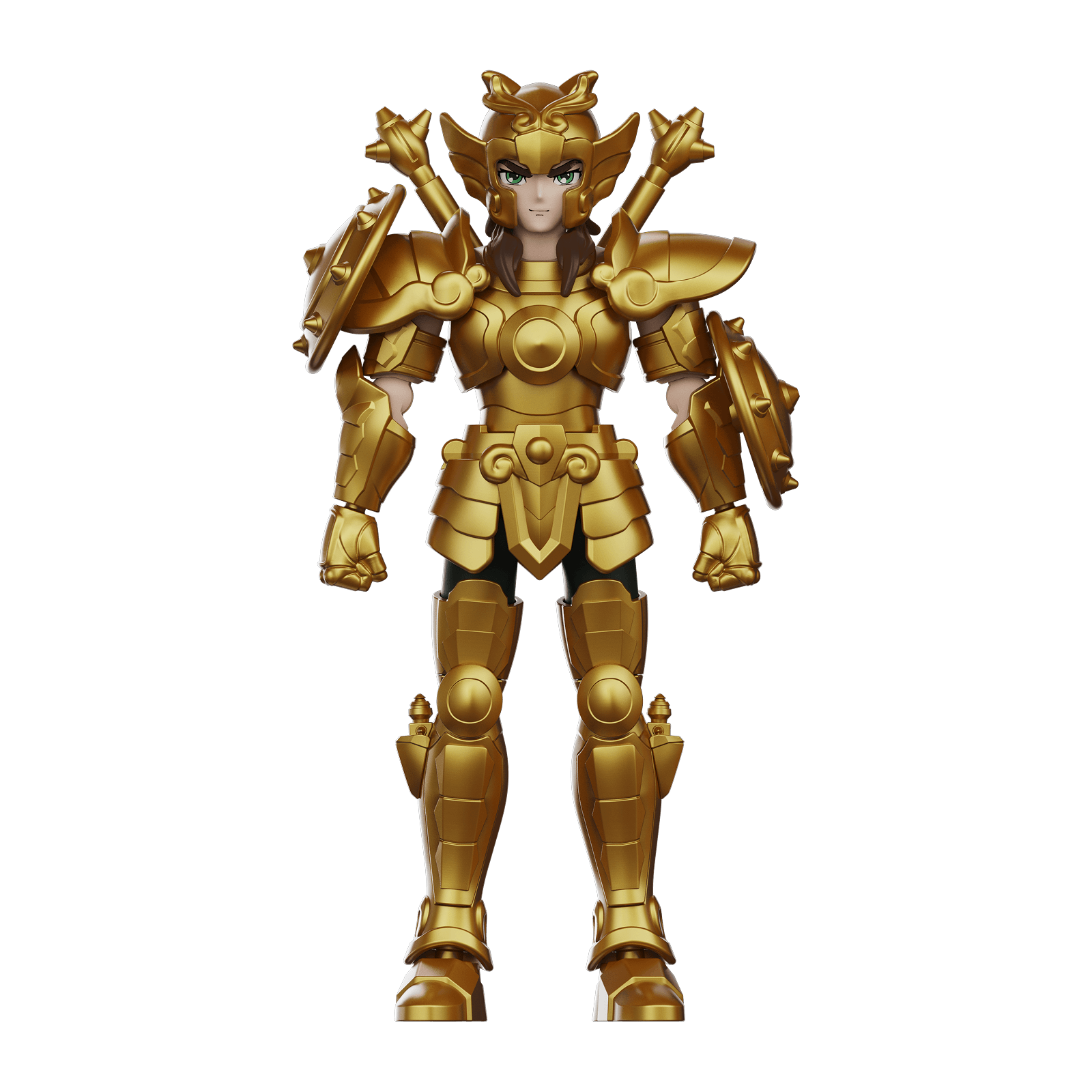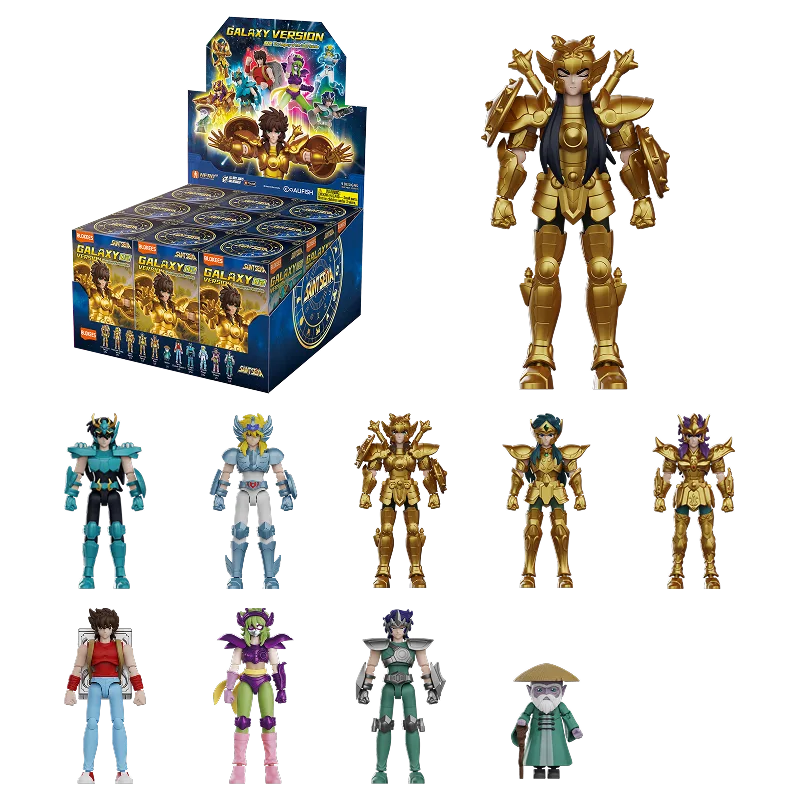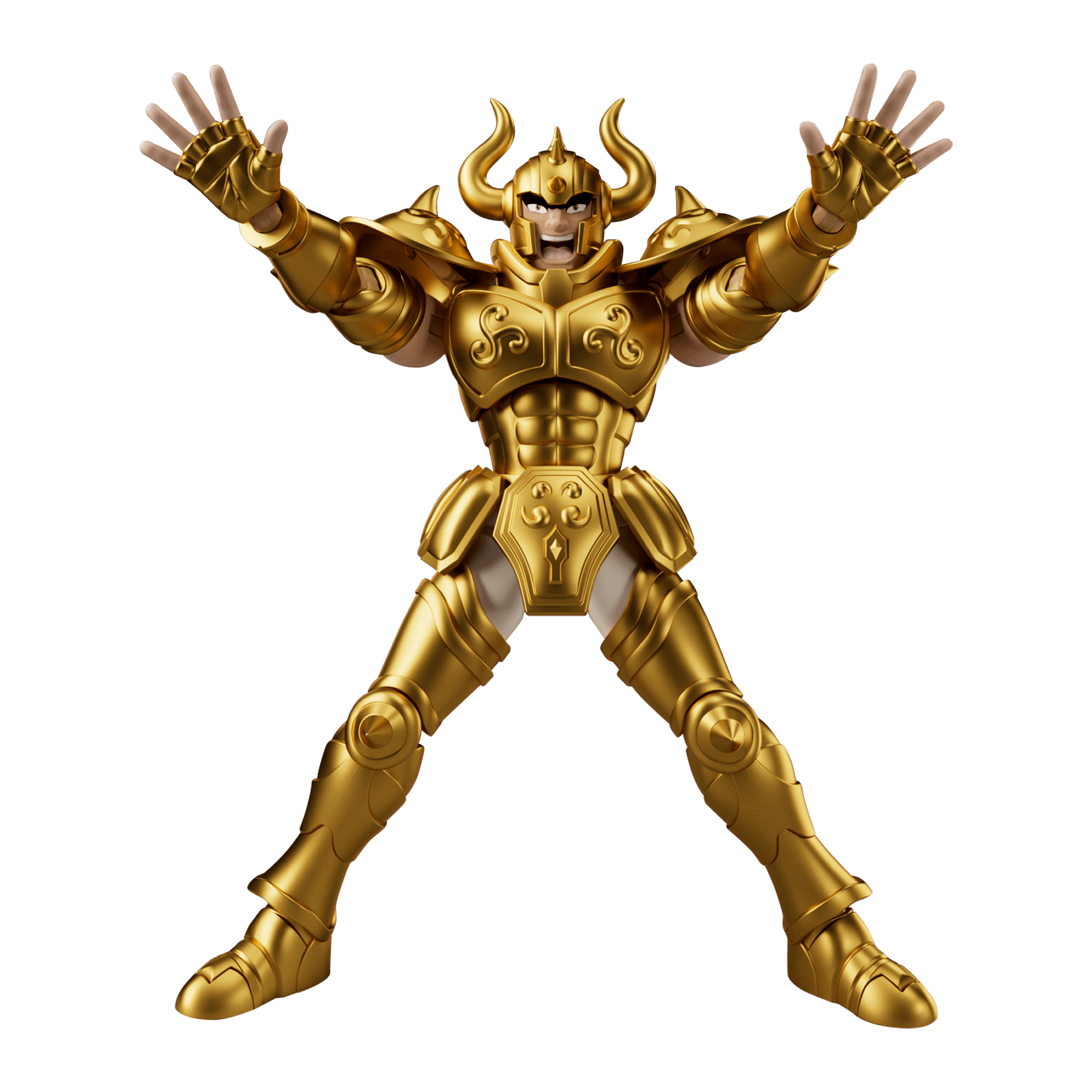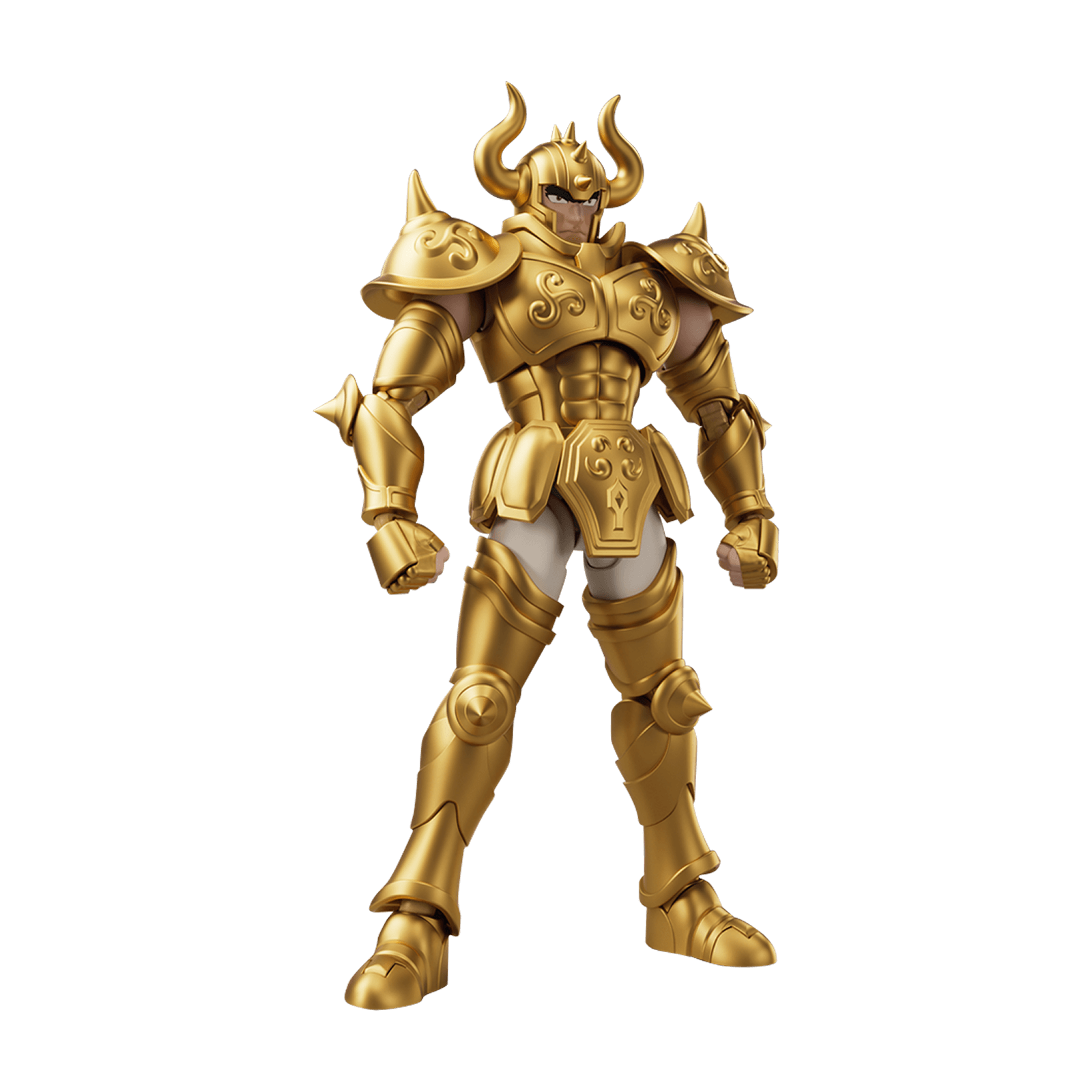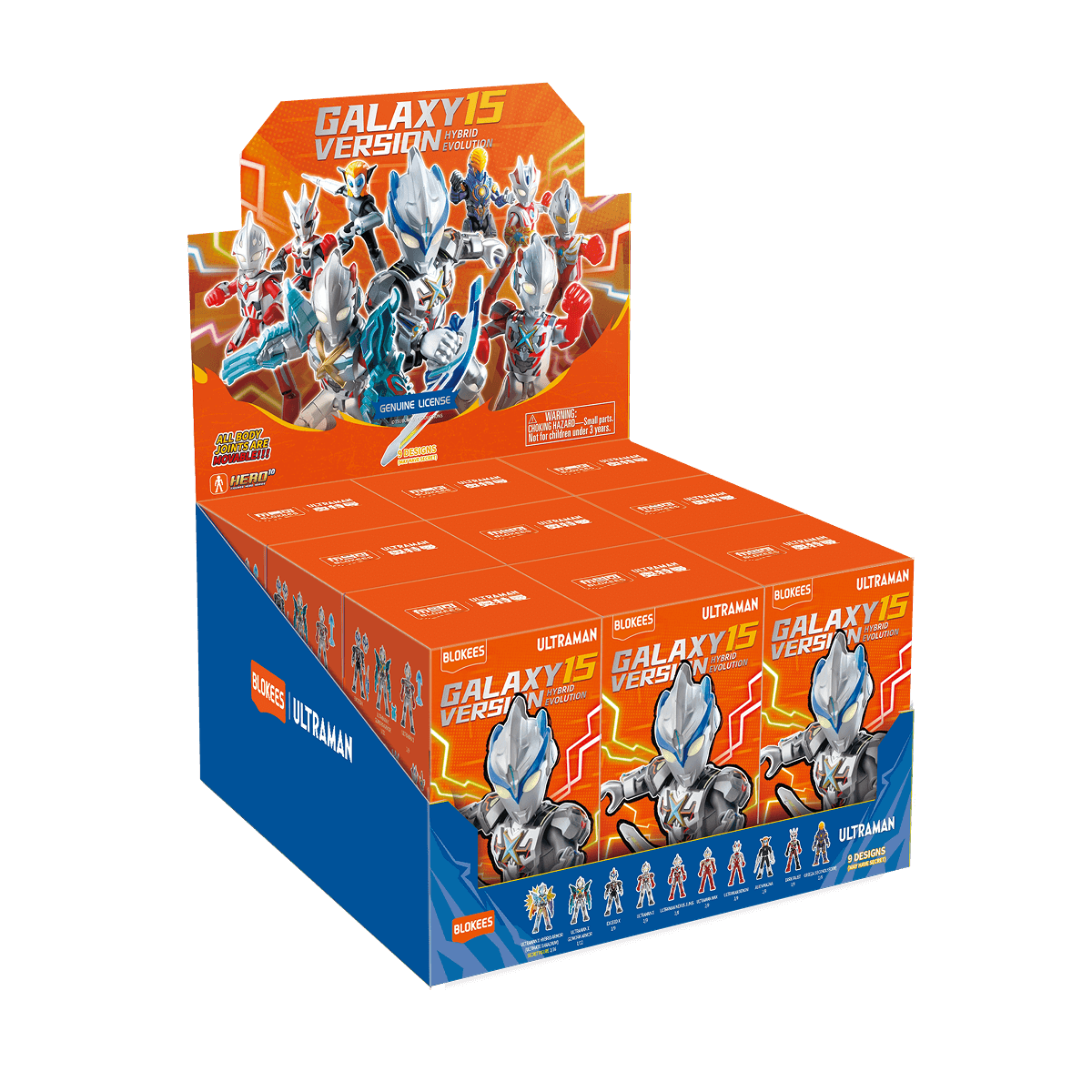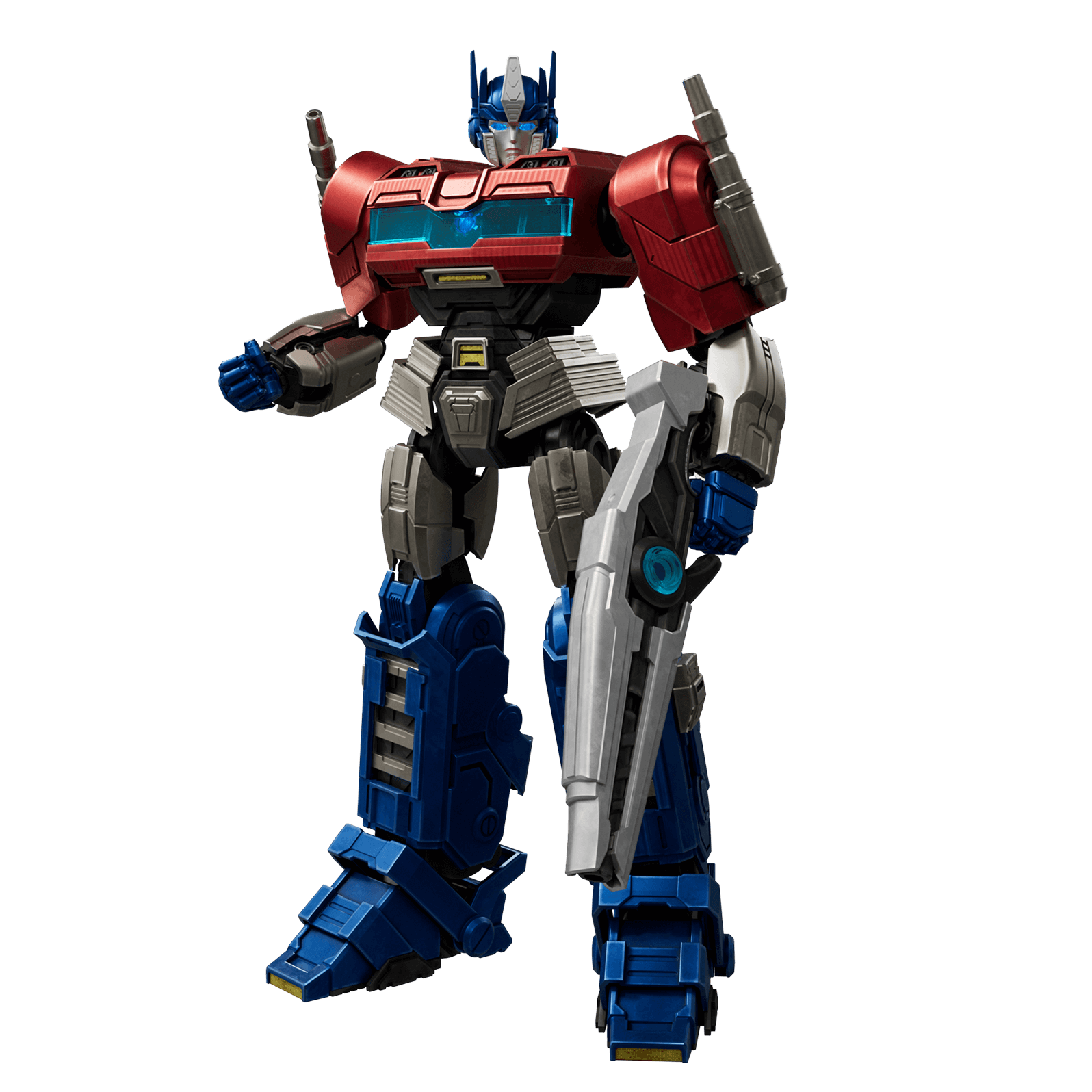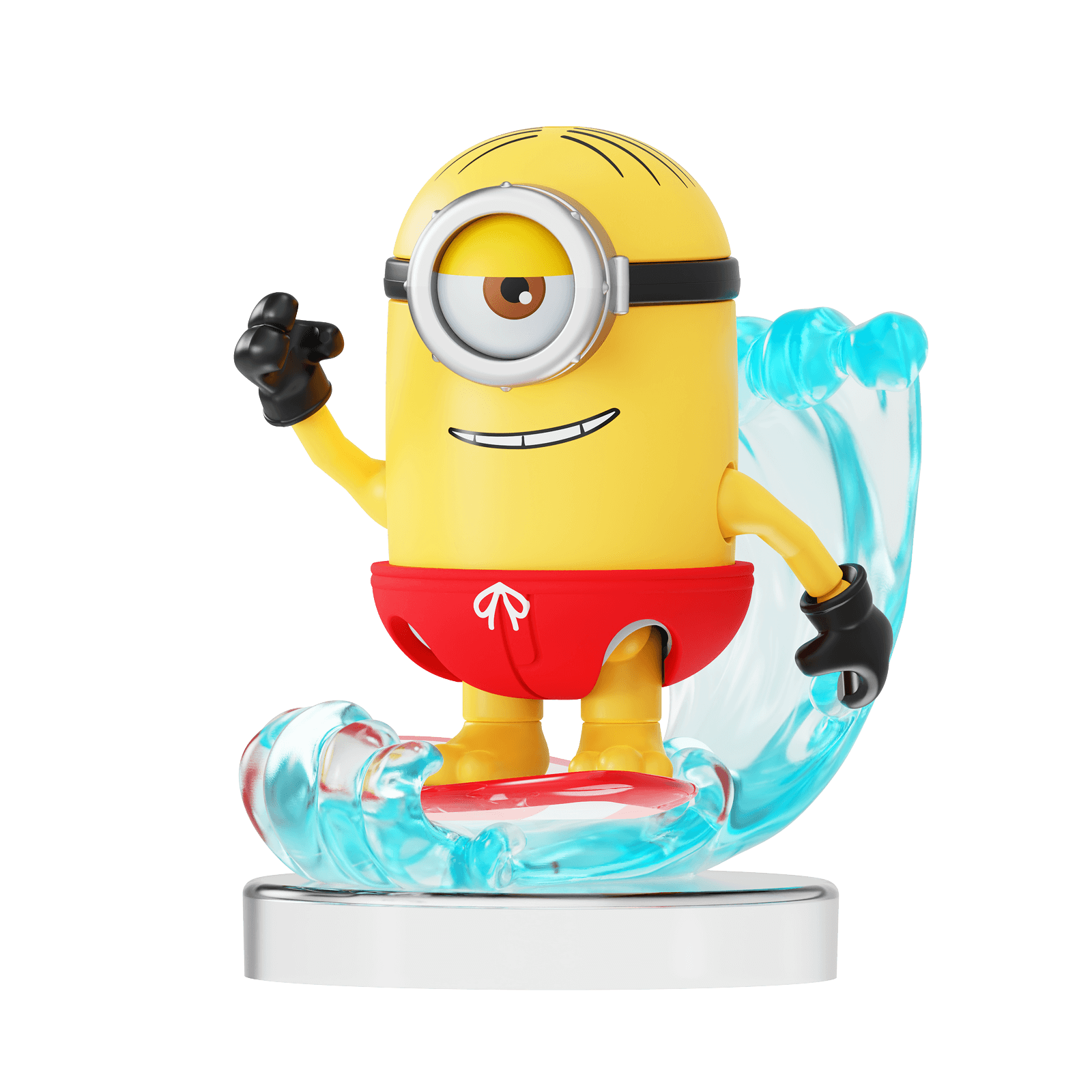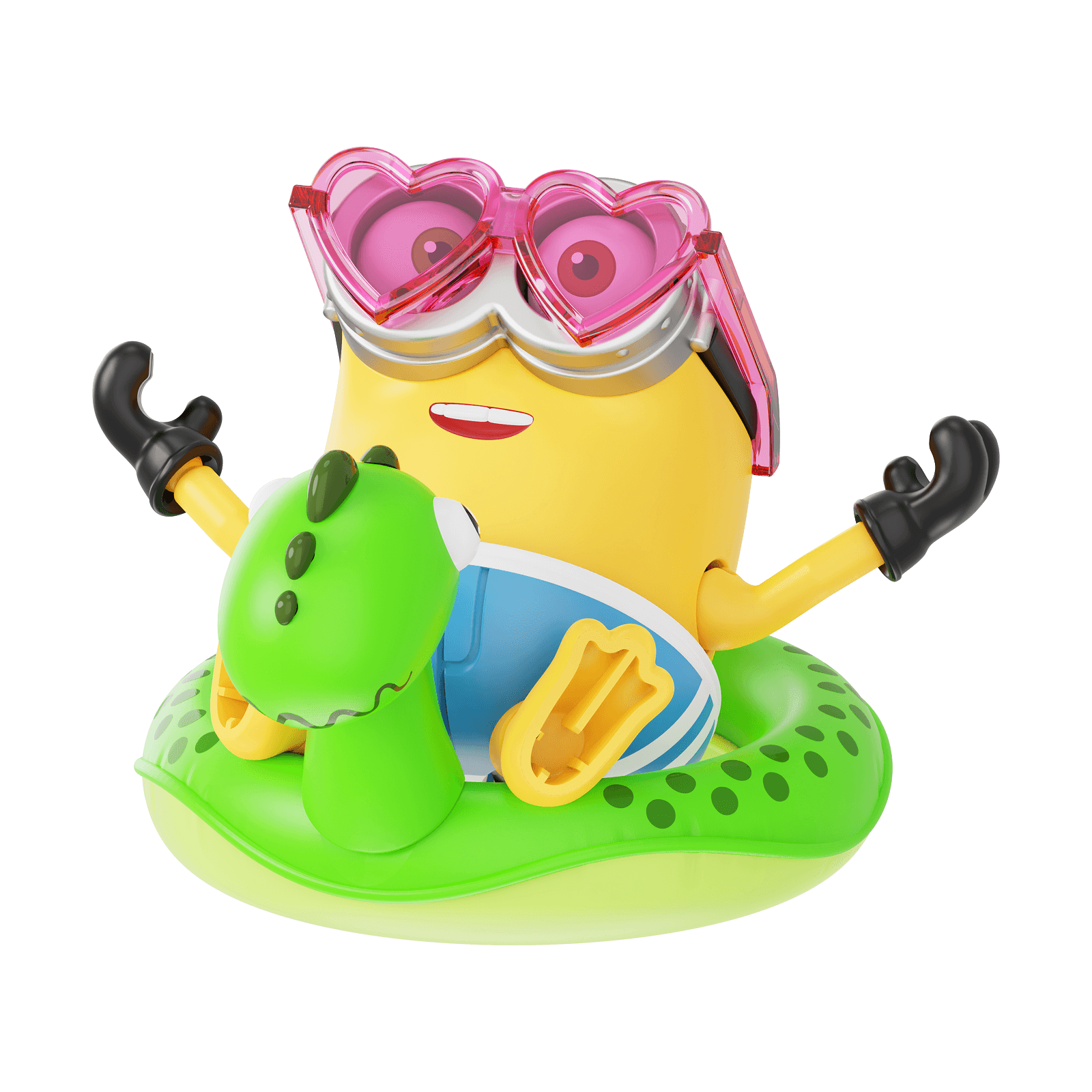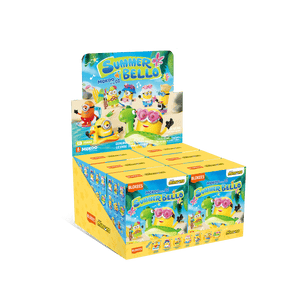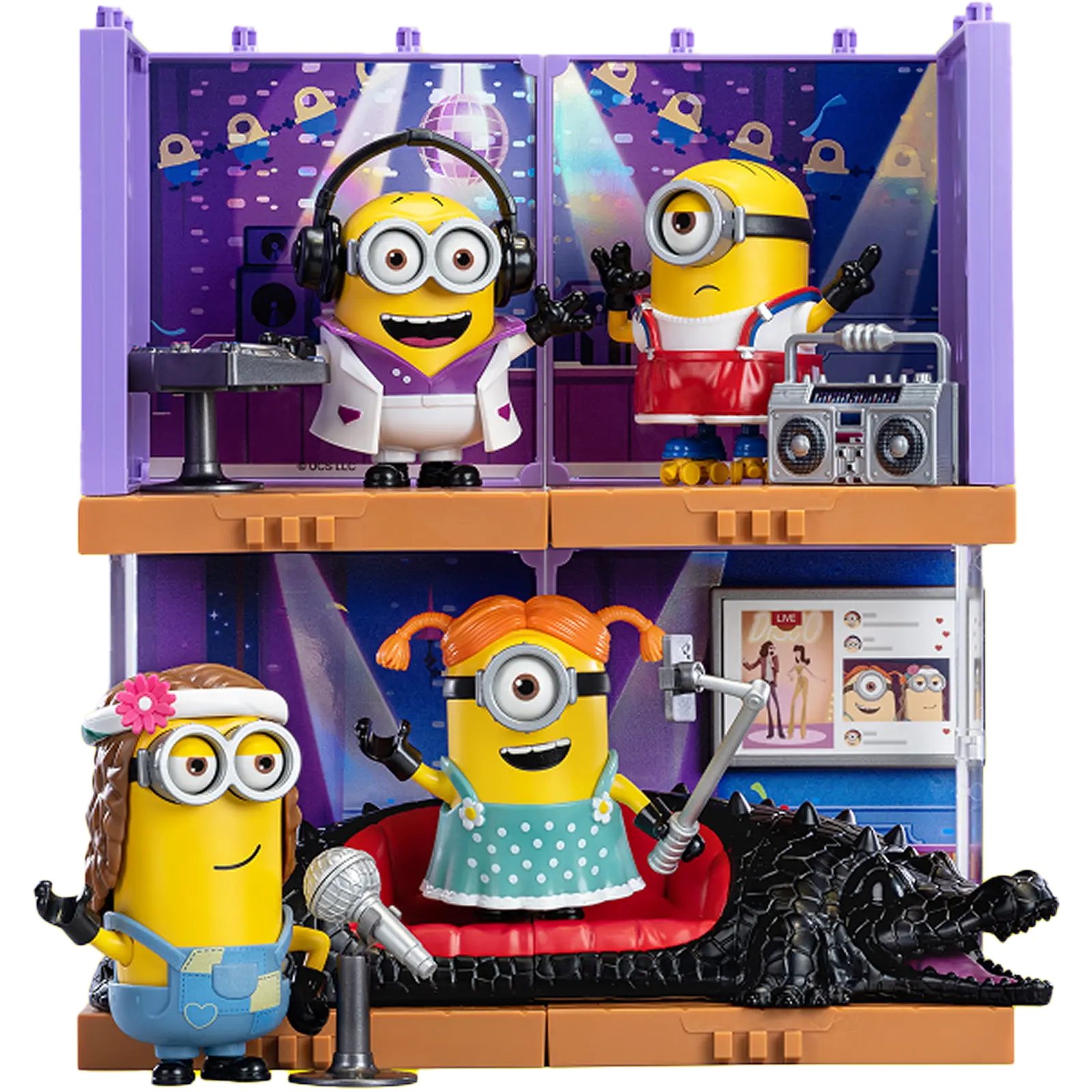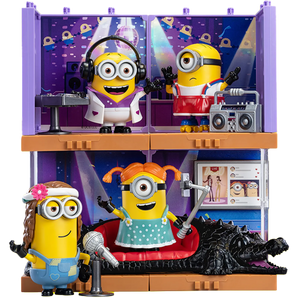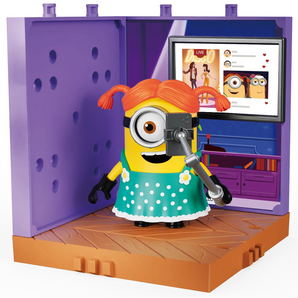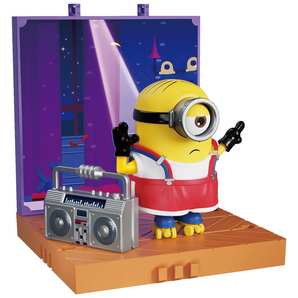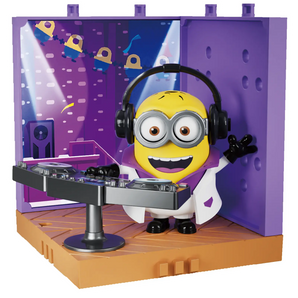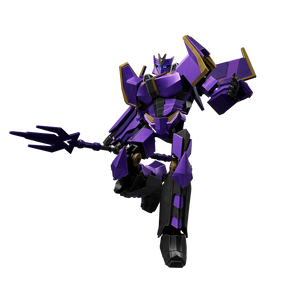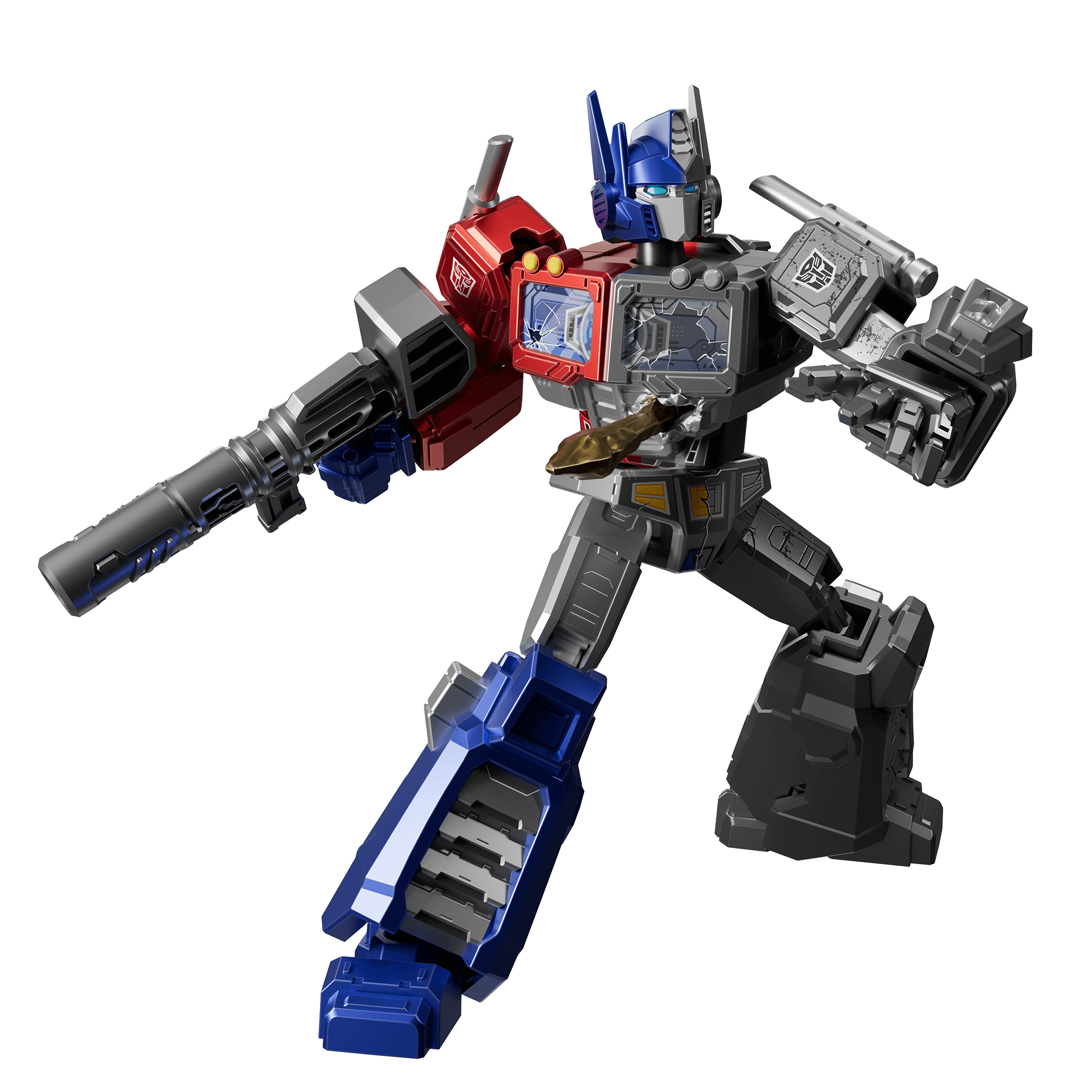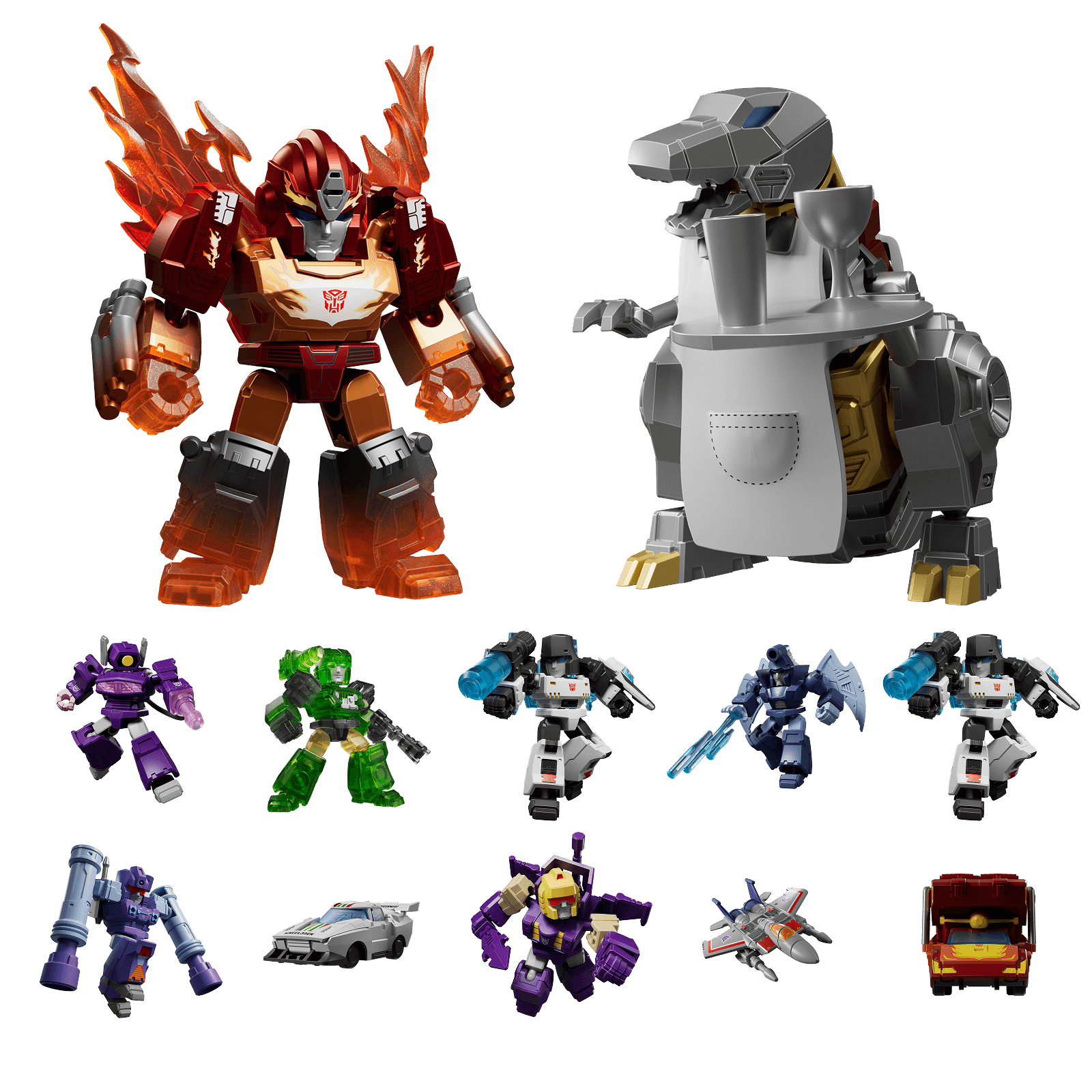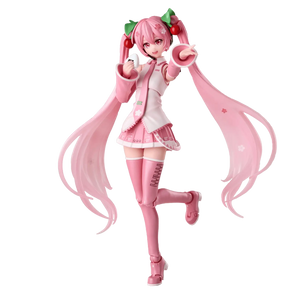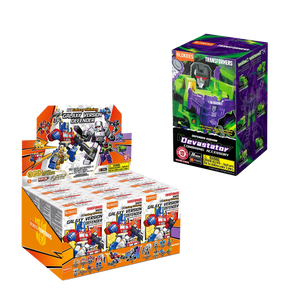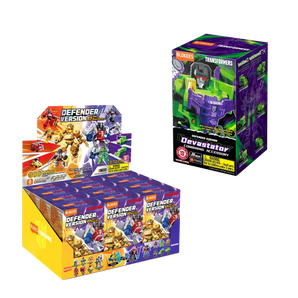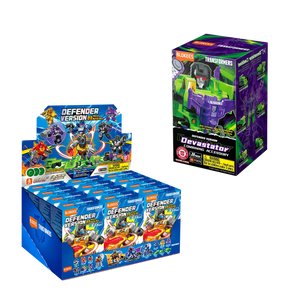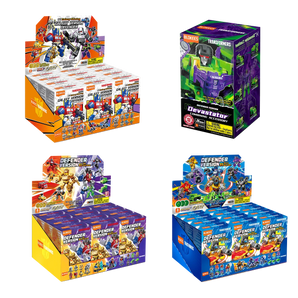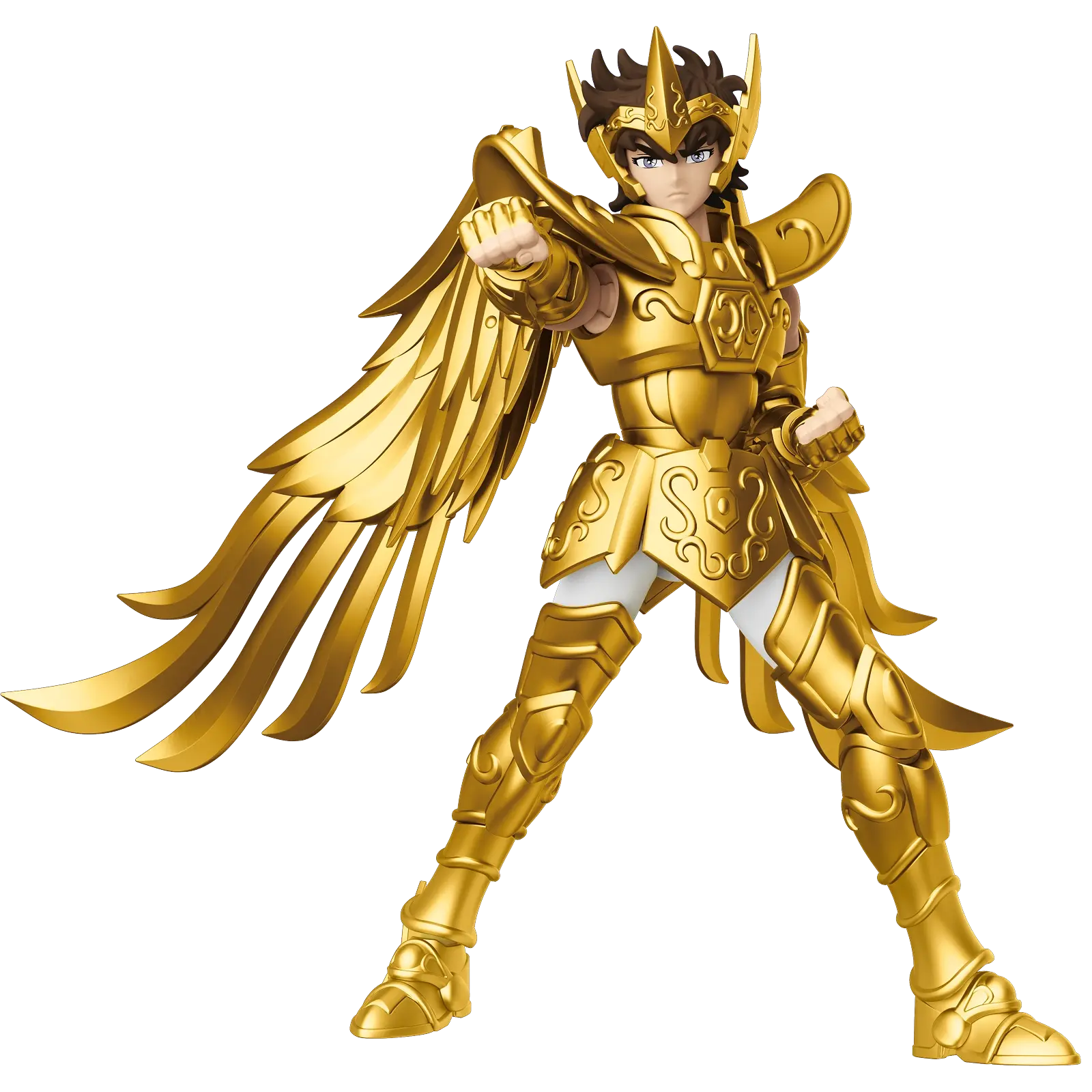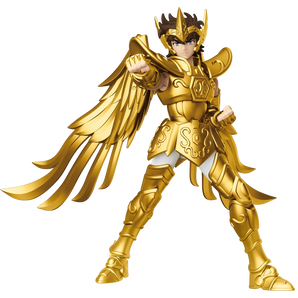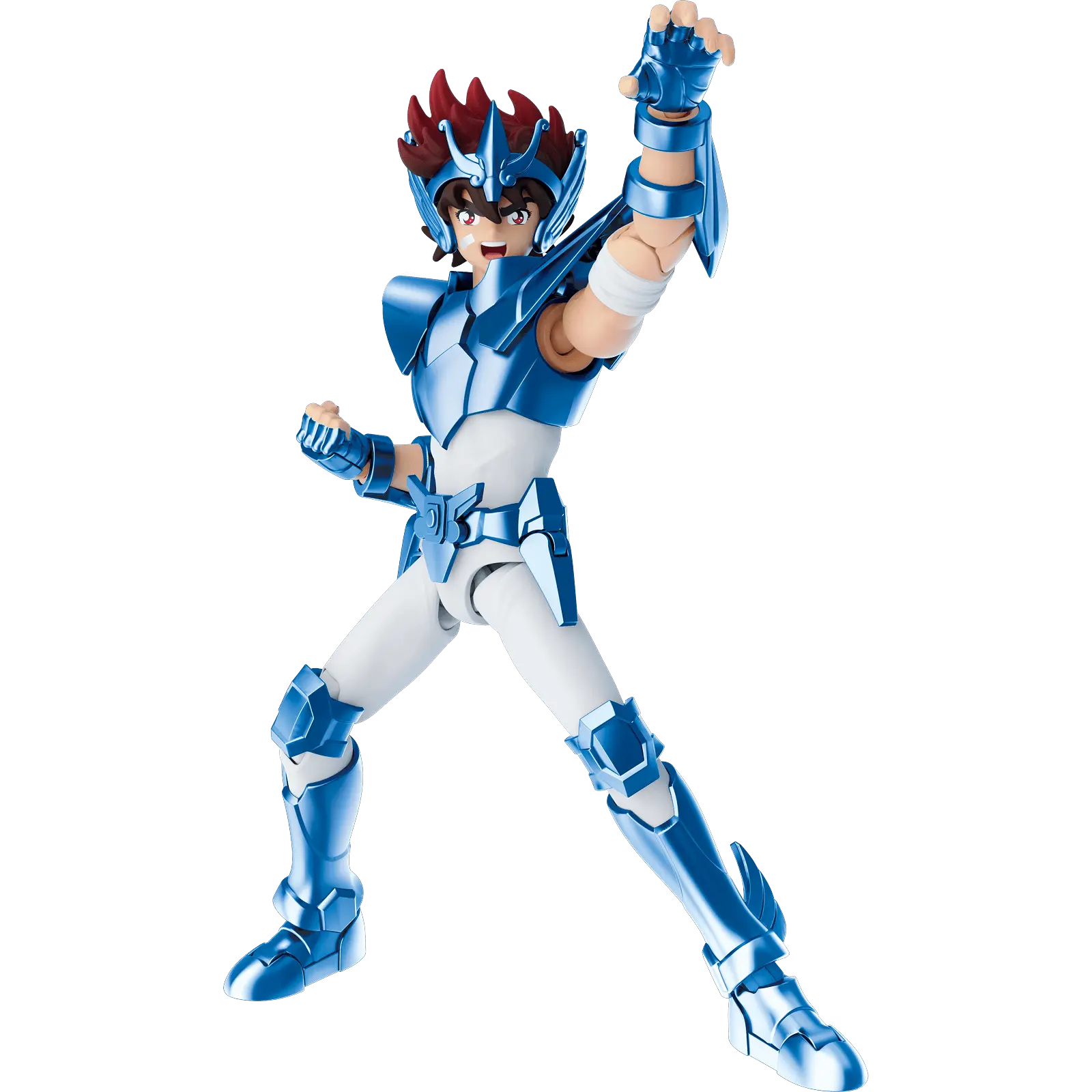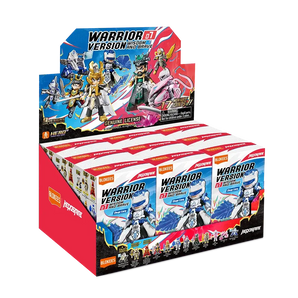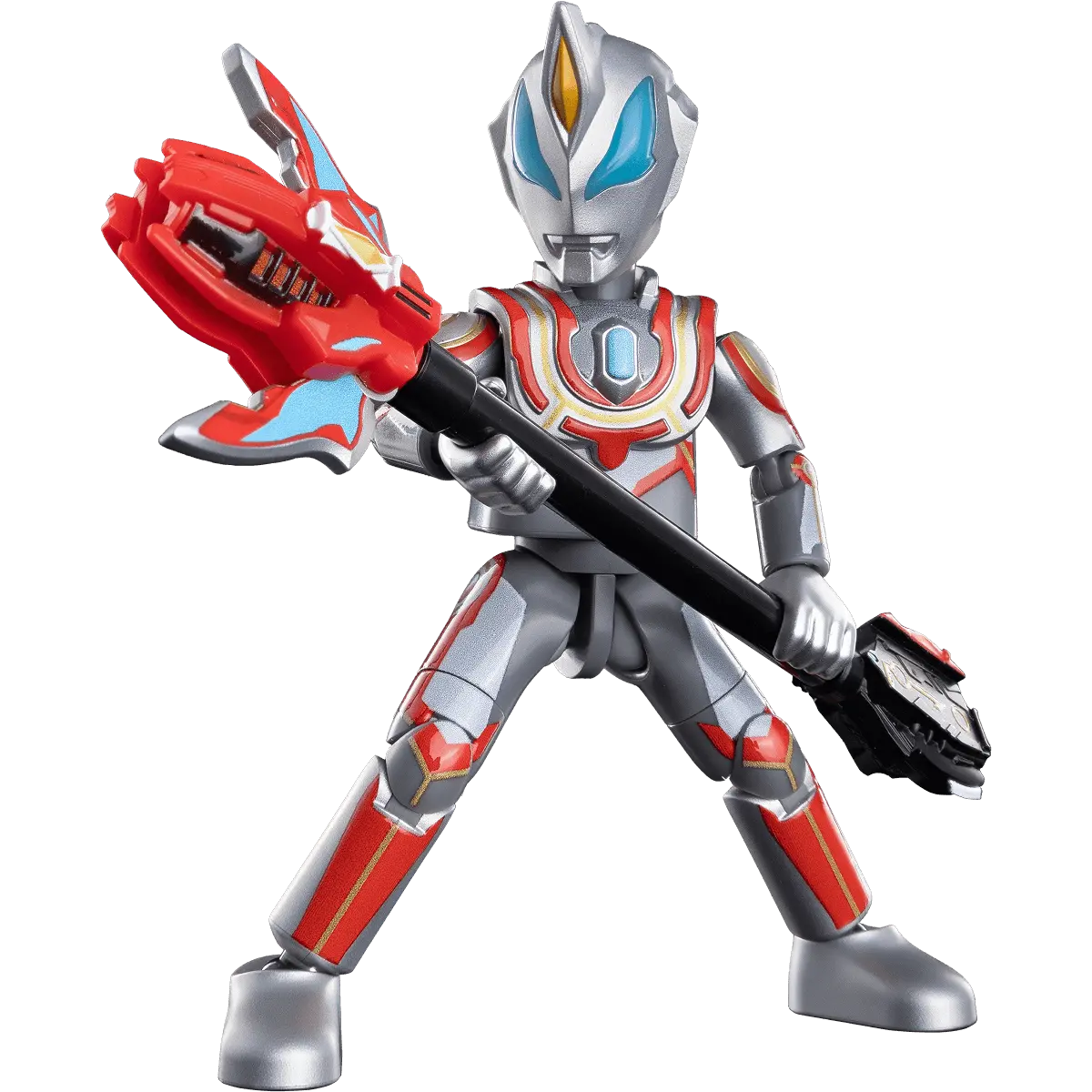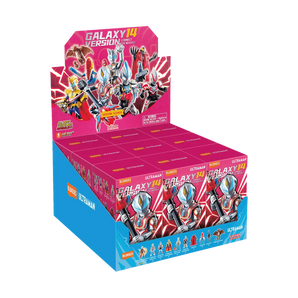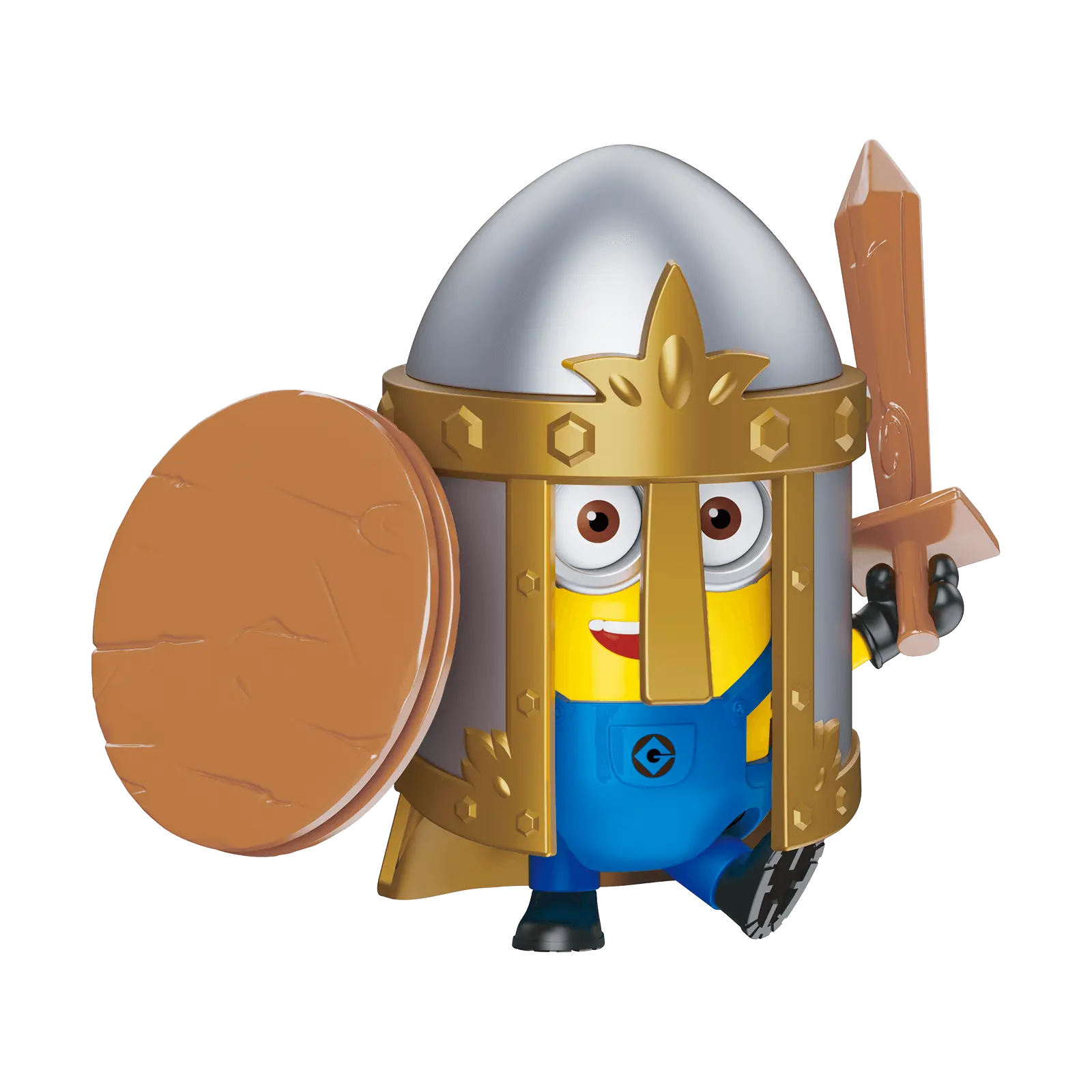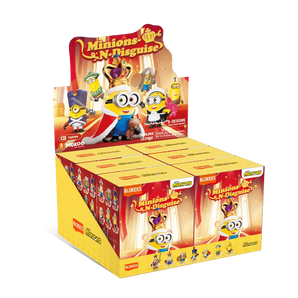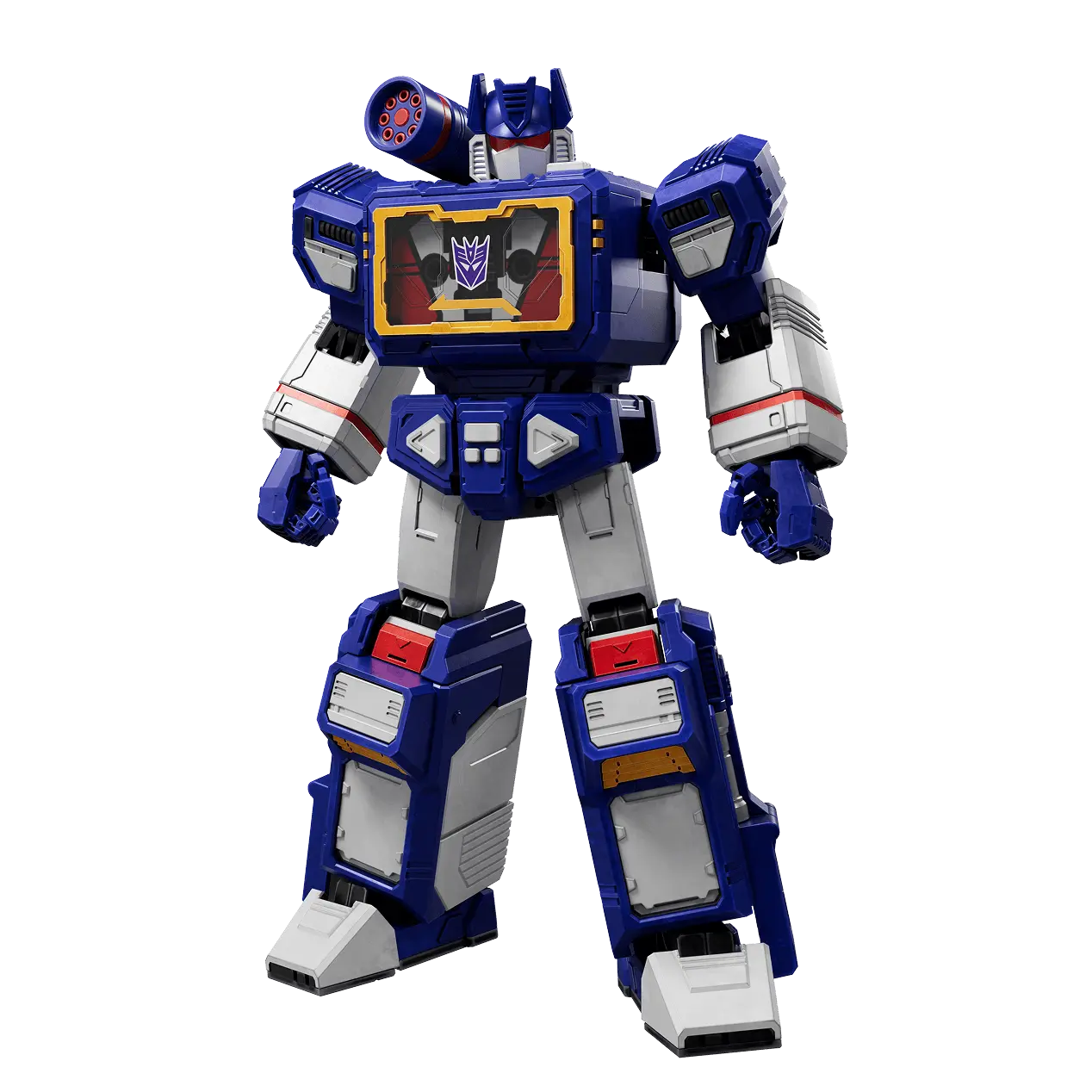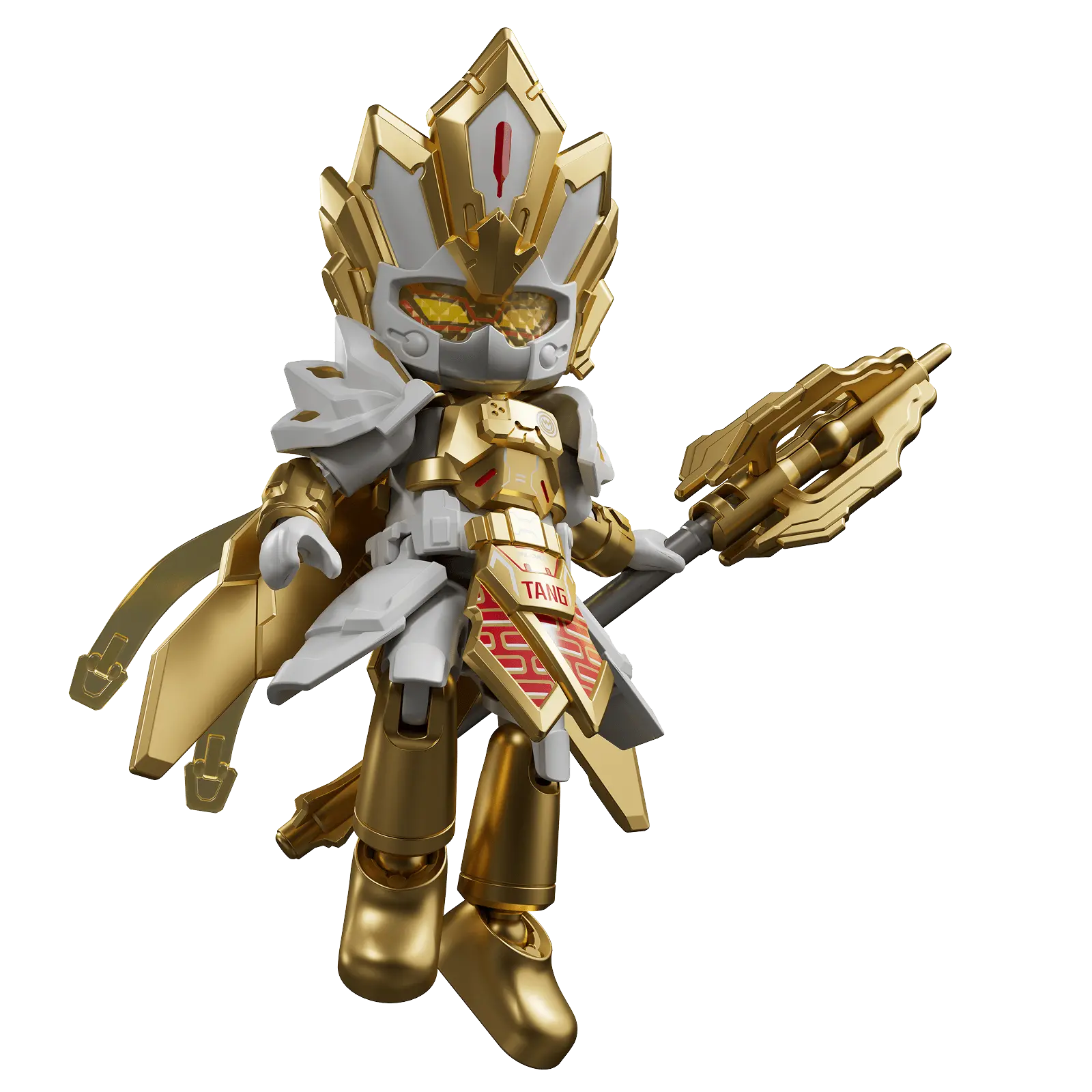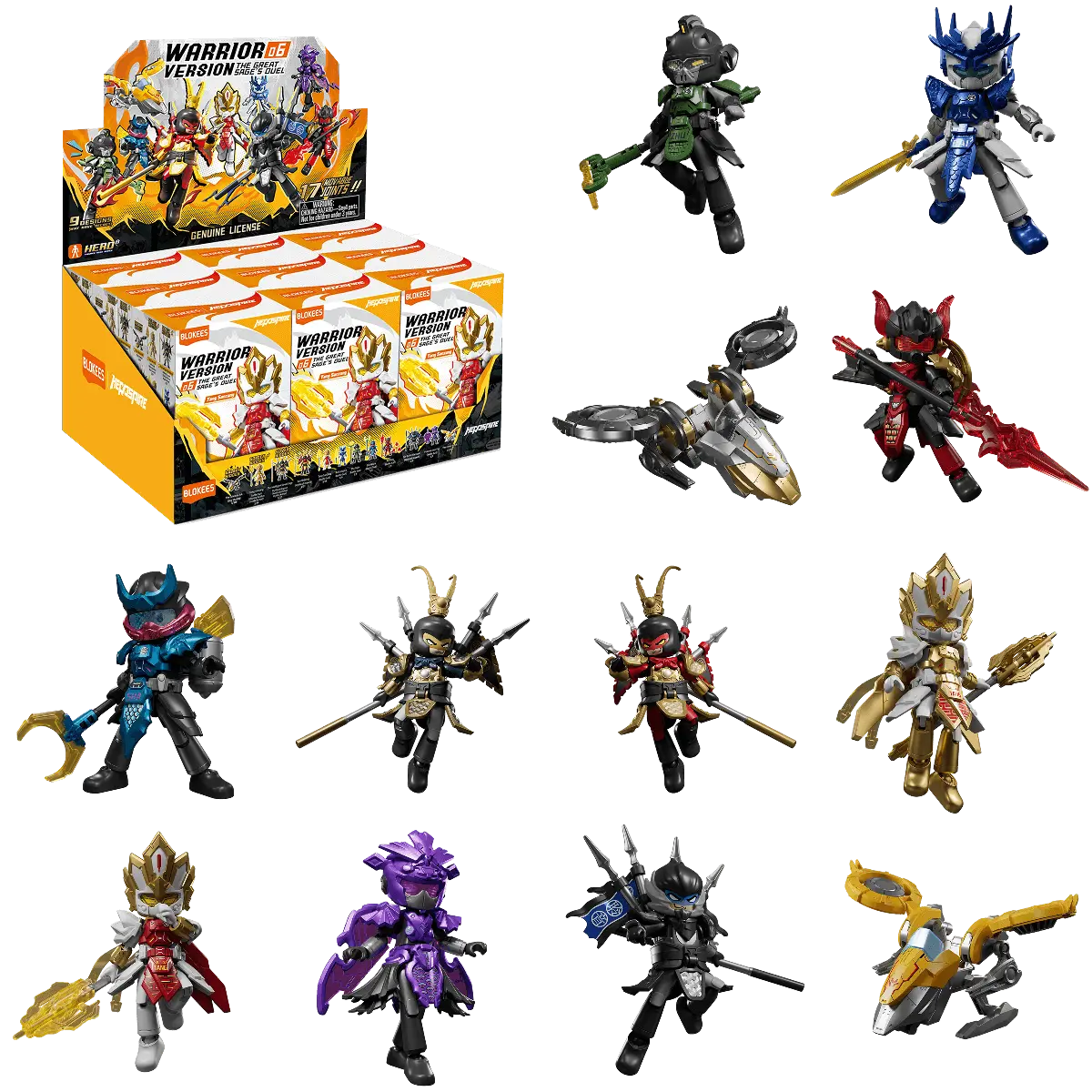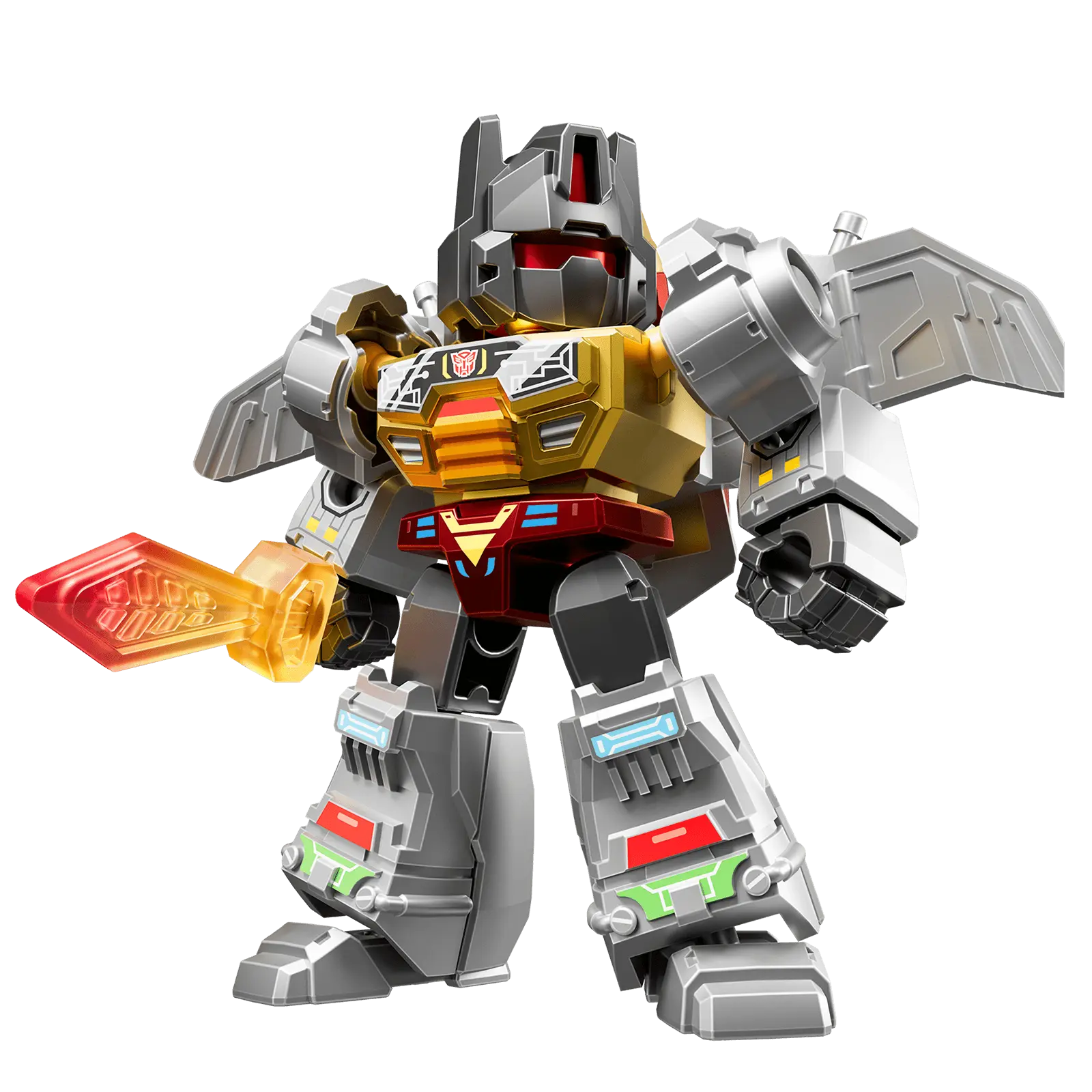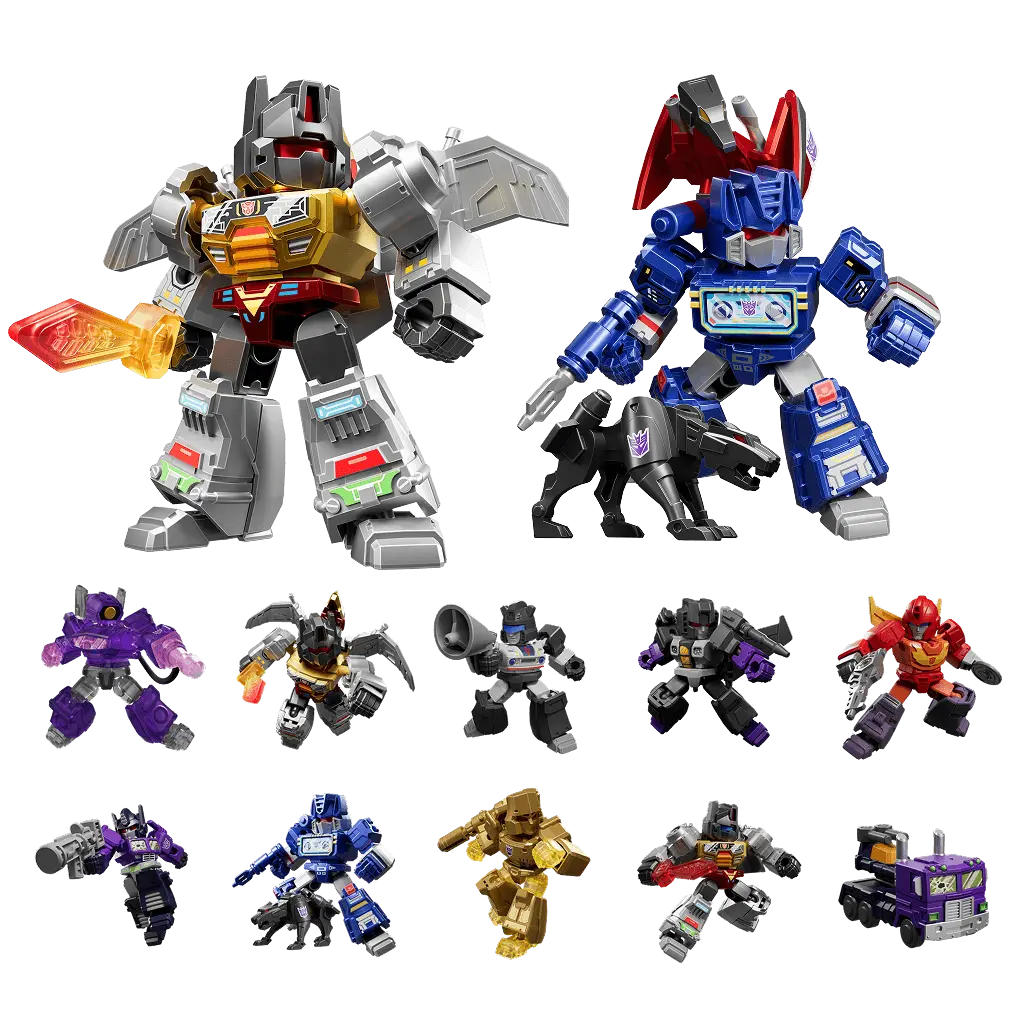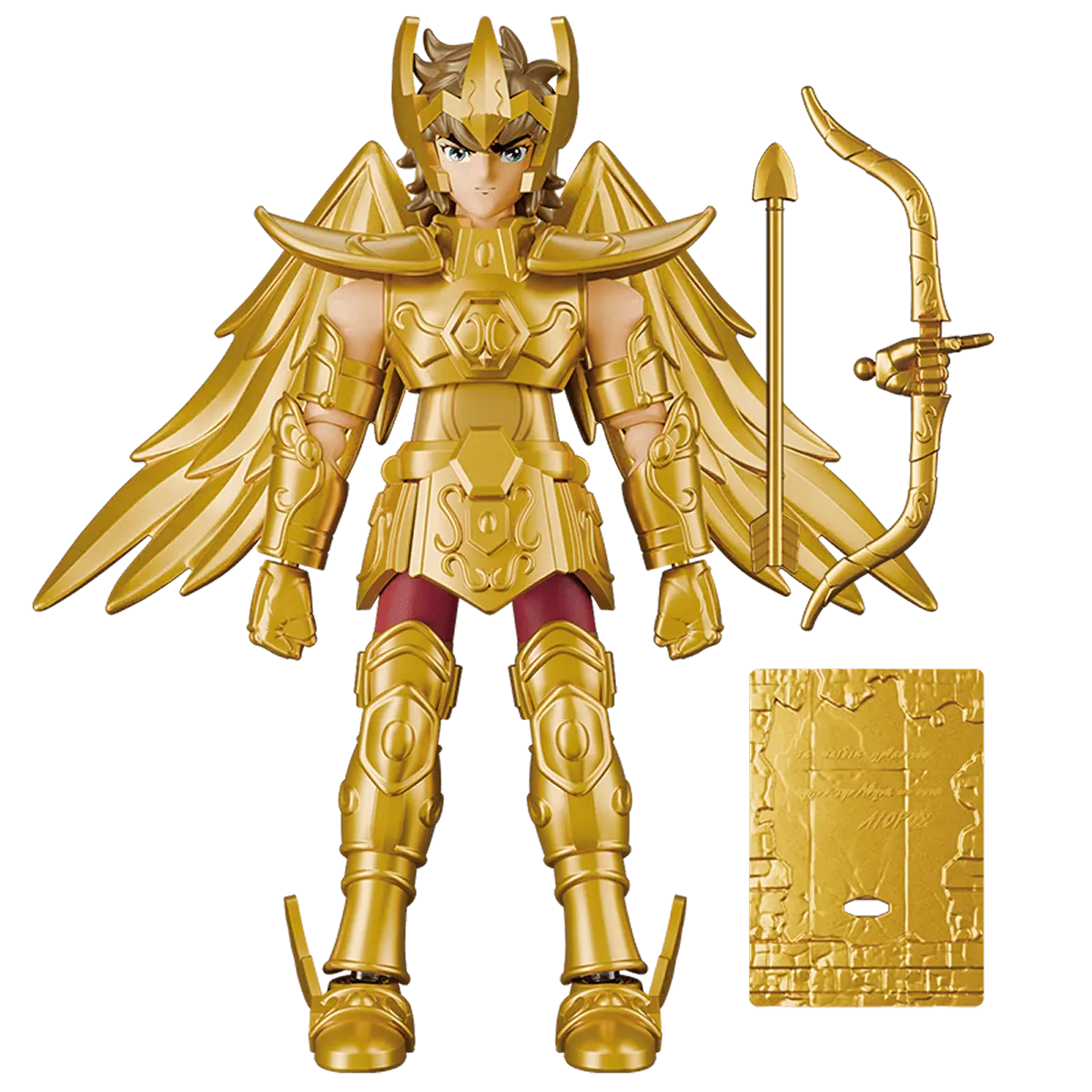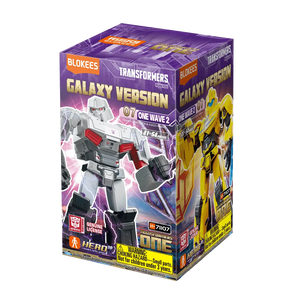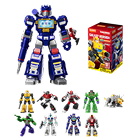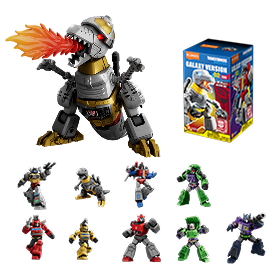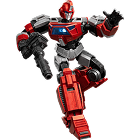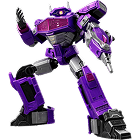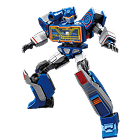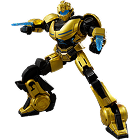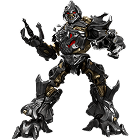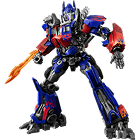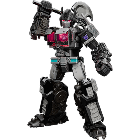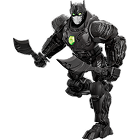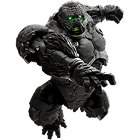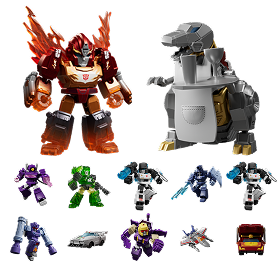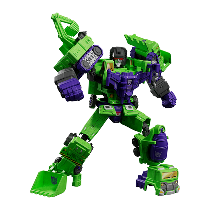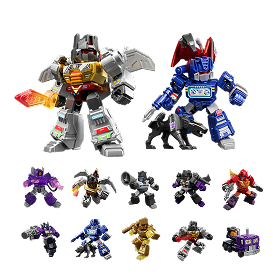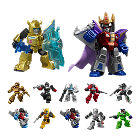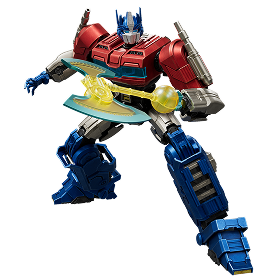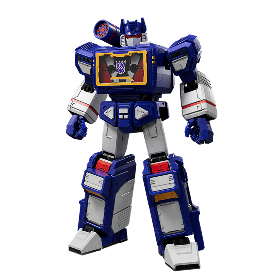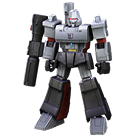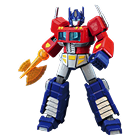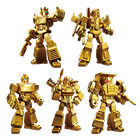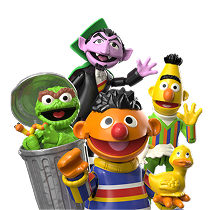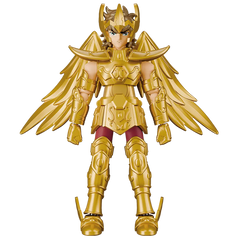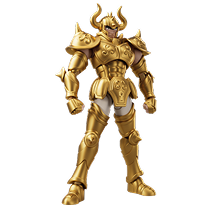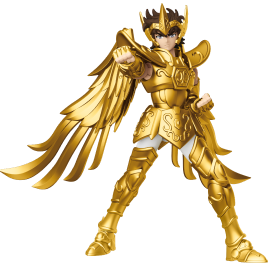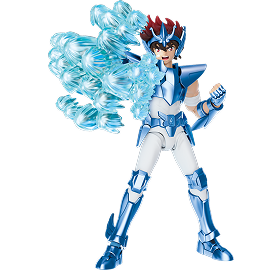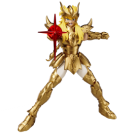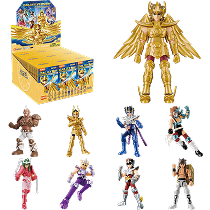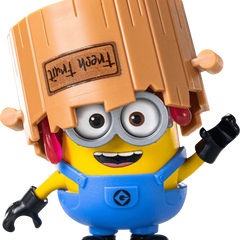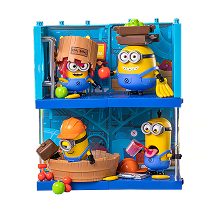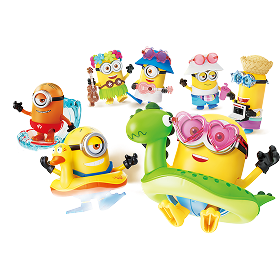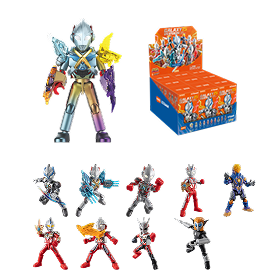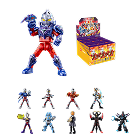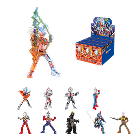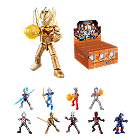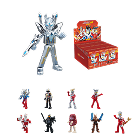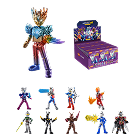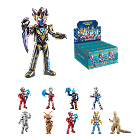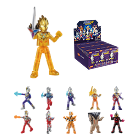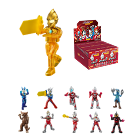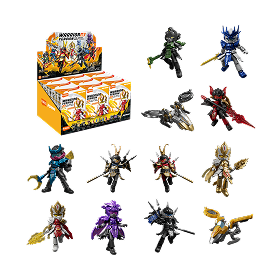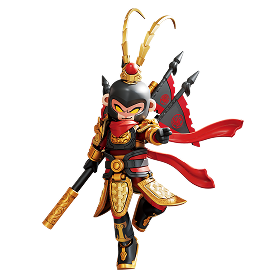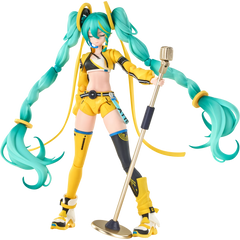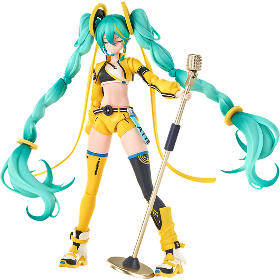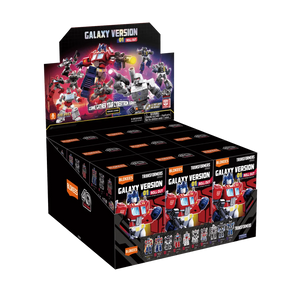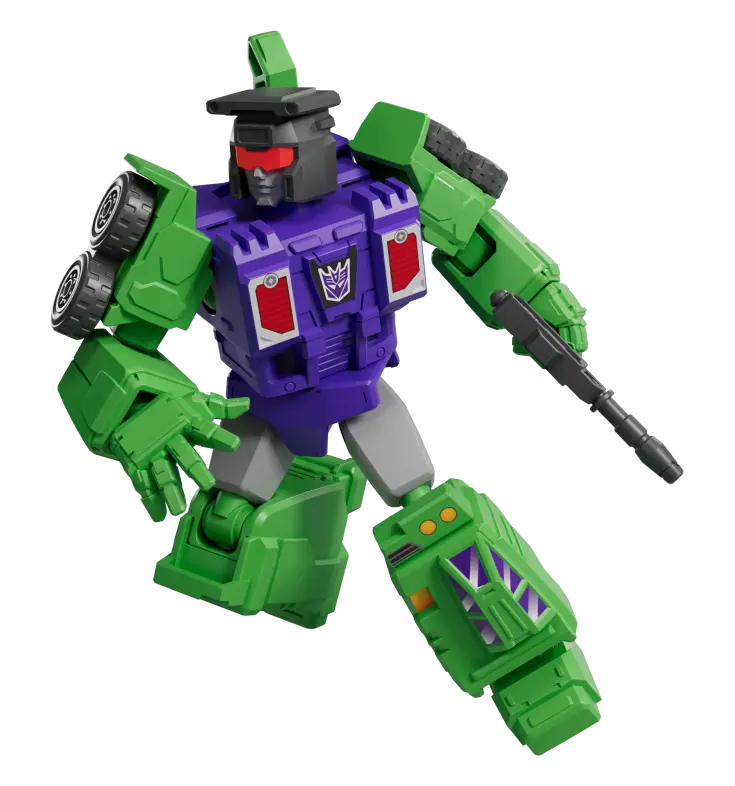Sesame Street is one of the most beloved children's educational programs of all time. It has entertained and educated generations while promoting social skills, literacy, and numeracy. Many fans ask, "when did Sesame Street start?" or "when did Elmo start on Sesame Street?"
In this article, we'll explore the history of Sesame Street, its characters, milestones, and its connection to educational toys and merchandise.
The Birth of Sesame Street
Sesame Street premiered on November 10, 1969, on the National Educational Television network, which later became PBS. The show was created by Joan Ganz Cooney and Lloyd Morrisett under the Children's Television Workshop (now Sesame Workshop). It aimed to use television as a tool for early childhood education, particularly for children from low-income families.
Goals of the Show:
- Teach letters, numbers, and basic literacy skills
- Encourage social and emotional development
- Promote diversity and inclusion through multicultural characters
- Provide entertainment alongside educational content
Sesame Street combined live-action, puppetry, animation, and music to create an engaging learning environment.
Early Years and Impact
In its first season, Sesame Street introduced iconic characters like Big Bird, Oscar the Grouch, Bert and Ernie, and Cookie Monster. The show immediately gained critical acclaim for its innovative educational approach and use of research-based techniques.
Key Facts:
- Original episodes ran for half-hour segments with a mix of live-action and puppetry
- The show targeted children aged 3 to 5
- Early research demonstrated improved literacy and social skills among viewers
When Did Elmo Start on Sesame Street?

Elmo, the beloved red monster, became a regular character in the 1980s. Though he first appeared as a background character in the early 1970s, Kevin Clash popularized Elmo in the mid-1980s. By the 1990s, Elmo had his own segment called "Elmo's World," which aired in 1998.
Elmo Milestones:
- Early 1970s: Initial appearances as a minor character
- Mid-1980s: Kevin Clash develops Elmo's unique voice and personality
- 1998: Debut of "Elmo's World," focusing on toddler-friendly educational content
- Merchandise Boom: Elmo became a star in toys, plush dolls, and interactive.
Shop Elmo toys: Blokees Sesame Street Toys
Sesame Street Through the Decades
1970s:
- Launch of educational segments and classic characters
- Incorporation of music and animation for engagement
- Focus on urban neighborhoods and diverse casts
1980s:
- Introduction of Elmo as a recurring character
- Expansion of educational research to guide content
- Increased popularity among parents and educators
1990s:
- Launch of "Elmo's World" in 1998
- Expansion into international markets
- Development of toys, books, and educational products
2000s-Present:
- Continued focus on social issues, emotional intelligence, and inclusivity
- Collaboration with global educational programs
- Expansion of merchandise including Blokees Sesame Street assembling toys and Fisher-Price toys
Shop the latest releases: Blokees New Collection
Sesame Street Characters and Their Role in the Show

Over the years, Sesame Street has introduced a wide array of characters designed to educate and entertain.
Main Characters:
- Big Bird: Friendly giant bird teaching empathy and curiosity
- Elmo: Energetic red monster teaching emotions, literacy, and fun
- Cookie Monster: Blue monster teaching self-control, humor, and counting
- Abby Cadabby: Fairy character promoting imagination and problem-solving
- Oscar the Grouch: Teaches diversity and tolerance through his unique perspective
- Bert and Ernie: Friendship, teamwork, and problem-solving skills
- Count von Count: Mathematics and counting fun
Blokees Sesame Street Toys allow children to interact with these characters through building sets, plush toys, and poseable toys. These toys reinforce lessons learned on the show and provide a tangible way to engage with favorite characters.
Explore characters in toys: Blokees Sesame Street preCOOL Series
Educational Impact of Sesame Street
Sesame Street was groundbreaking in using media for education. Research shows:
- Children exposed to Sesame Street have improved vocabulary, numeracy, and social skills
- Characters provide emotional guidance, teaching empathy and problem-solving
- Incorporating toys, like Fisher-Price Sesame Street toys, helps reinforce learning at home
How Sesame Street Toys Connect to the Show

1. Blokees Sesame Street toys
- Interactive assembling toys for creative play
- Posable joints, moving mouths, and character-specific accessories
- Perfect for ages 3+, linking screen education with hands-on learning
2. Plush and Bath Toys
- Enhance emotional and social learning
- Encourage sensory development through tactile and interactive play
3. Fisher-Price Educational Toys
- Toddler-friendly interactive toys promoting literacy, counting, and colors
- Supports developmental milestones in early childhood
Shop age-appropriate toys: All Ages Sesame Street Collection
Global Reach and International Versions of Sesame Street
Sesame Street isn’t just popular in the U.S.—it has reached children worldwide through localized versions:
- International Adaptations: Countries like Germany, Mexico, South Africa, and India have their own versions of Sesame Street tailored to local culture, language, and educational needs.
- Global Characters: Some international versions introduce unique characters while still featuring favorites like Elmo, Cookie Monster, and Big Bird.
- Educational Goals: Each version emphasizes literacy, numeracy, social skills, and cultural awareness, showing how Sesame Street adapts to diverse educational needs.
- Merchandise Worldwide: Toys like Blokees Sesame Street toys are available internationally, allowing children everywhere to engage with their favorite characters.
Notable Milestones and Awards
Sesame Street has achieved many historic firsts and industry recognitions:
- 1970: Won its first Emmy Award for outstanding children’s programming.
- 1985: Introduced Elmo as a major character, becoming a global icon.
- 1998: Launch of “Elmo’s World” segment, focusing on toddler education.
- Over 150 Emmy Awards: Recognized as the most awarded children’s show in television history.
- Cultural Impact: Featured in parades, museums, and educational campaigns, demonstrating its influence beyond TV.
These milestones highlight why Sesame Street remains a benchmark for children’s educational content.
How Sesame Street Continues to Innovate

Even after more than 50 years, Sesame Street keeps evolving:
- Digital Platforms: Episodes are available on streaming services like HBO Max/Max, Hulu, and PBS Kids, as well as in upcoming deals with Netflix.
- Interactive Learning: Digital apps, games, and Blokees assembling toys enhance hands-on learning.
- Social Awareness: Recent episodes tackle topics like diversity, inclusion, mental health, and sustainability, keeping lessons relevant.
- Merchandise Innovation: From interactive toys to plush dolls and bath toys, children can explore characters in new and engaging ways.
Frequently Asked Questions
When did Sesame Street first air on TV?
Answer: Sesame Street first aired on November 10, 1969 on National Educational Television (NET), later PBS.
When did Elmo appear on Sesame Street?
Answer: Elmo appeared as a background character in the early 1970s and became a main character in the mid-1980s. His segment "Elmo's World" debuted in 1998.
Has Sesame Street ended?
Answer: No, Sesame Street is still airing and producing new episodes with updated educational content and global reach.
How does Sesame Street teach children?
Answer: Through interactive characters, engaging stories, songs, and media-based learning that promote literacy, numeracy, social skills, and emotional development.
Where can I buy Sesame Street toys?
Answer: You can purchase Blokees Sesame Street toys including toys, plush, and interactive sets here: Blokees Sesame Street Collection
What age group is Sesame Street designed for?
Answer: Primarily children aged 3-5 years, but the show and toys are suitable for a wide range of ages including toddlers and older children.
Conclusion
Sesame Street started on November 10, 1969, and has been a leader in educational children’s programming for over five decades. From its early characters like Big Bird and Cookie Monster to the beloved Elmo, the show continues to combine fun with learning.
With toys such as Blokees Sesame Street toys and Fisher-Price interactive toys, children can bring the lessons of Sesame Street into their homes, supporting cognitive, emotional, and social development.
Whether you're introducing your child to the world of Sesame Street for the first time or collecting memorabilia, exploring the show's history and characters offers endless opportunities for learning and fun.



